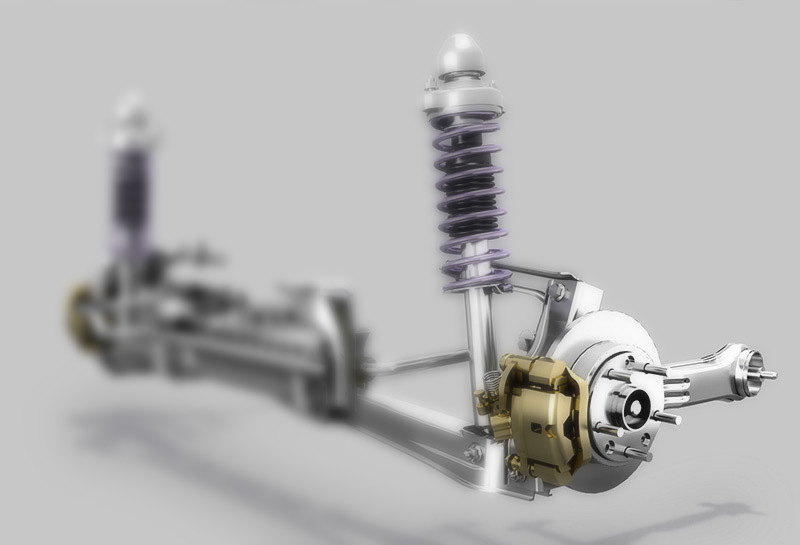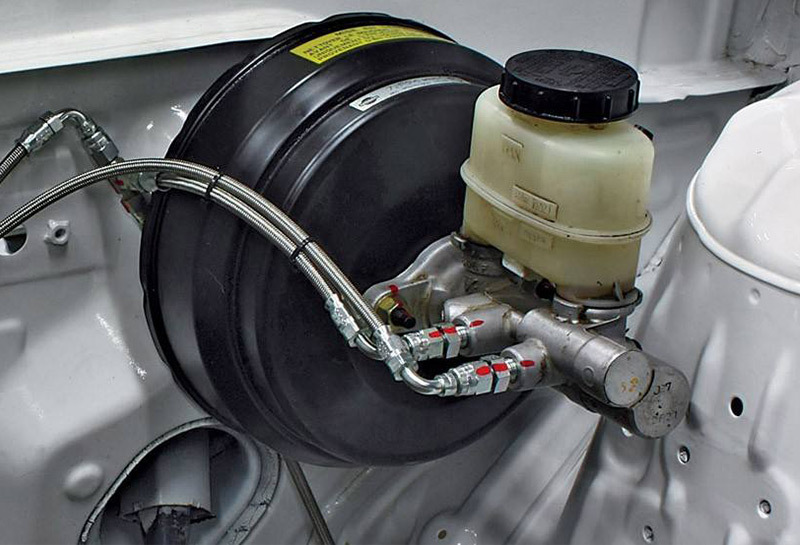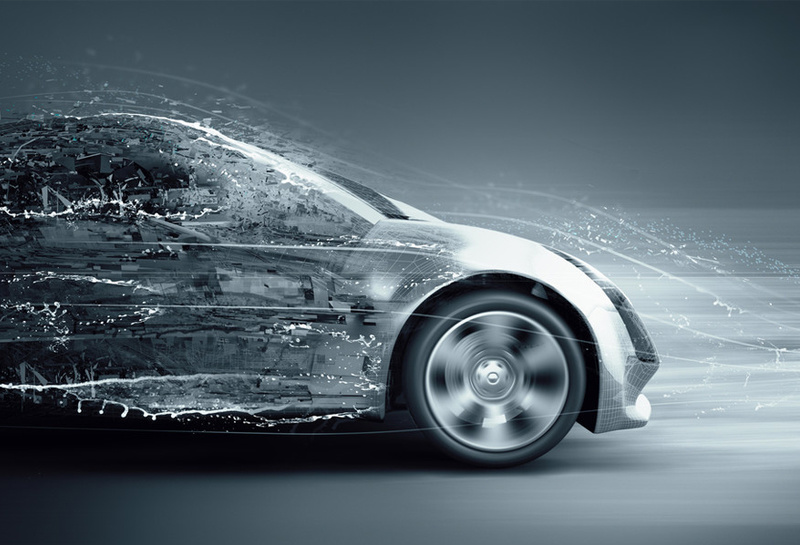18
2022
-
08
How car braking systems work
The rotation or tendency to turn of the wheels is prevented by the mutual friction between the non-rotating elements connected to the body (or frame) and the rotating elements connected to the wheels (or drive shafts).
The working principle of the car brake system:
The rotation or tendency to turn of the wheels is prevented by the mutual friction between the non-rotating elements connected to the body (or frame) and the rotating elements connected to the wheels (or drive shafts). And convert the kinetic energy of the moving car into frictional heat energy and dissipate it into the atmosphere.
The following is a more introduction to the braking system:
1. The brake system does not work: there is a gap between the shoe drums, and the wheels and brake drums can rotate freely.
2. When braking: To decelerate the car, step on the brake pedal through the push rod and the master cylinder, so that the master cylinder oil flows into the wheel cylinder under a certain pressure, and the brake shoe rotates around the support pin through the two-wheel cylinder piston push , the upper end is separated to both sides and its friction plate is pressed against the inner circular surface of the brake drum. The non-rotating brake shoes generate frictional torque on the rotating brake drum, thereby generating braking force.
3. Release the brake: When the brake pedal is released, the brake shoe will be pulled back to its original position, and the braking force will disappear.
Keywords:
Related news

TEL:
© COPYRIGHT 2022 Yuhuan Zhuoyue Brake Co., Ltd | SEO | Powered by www.300.cn





